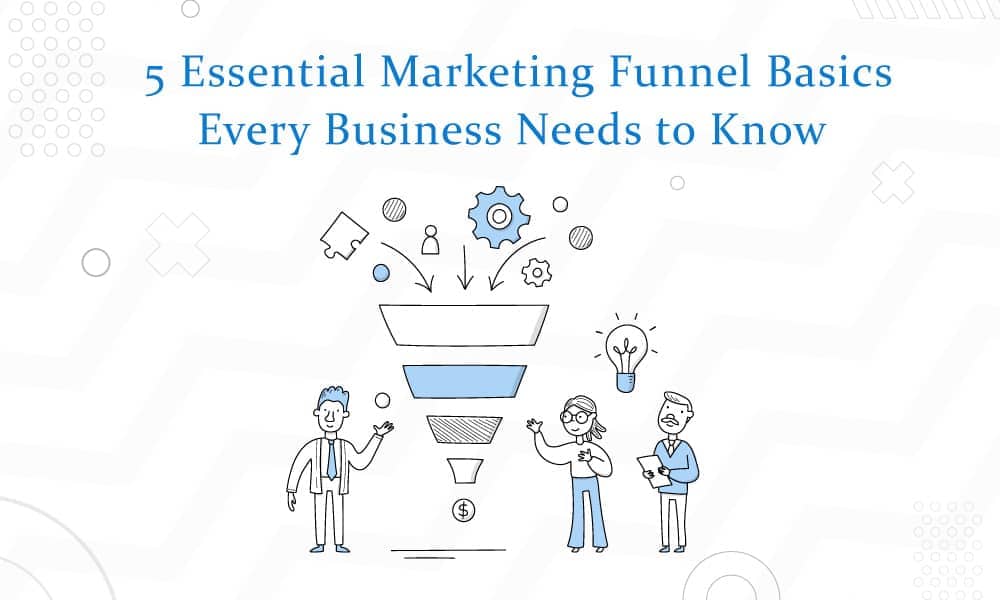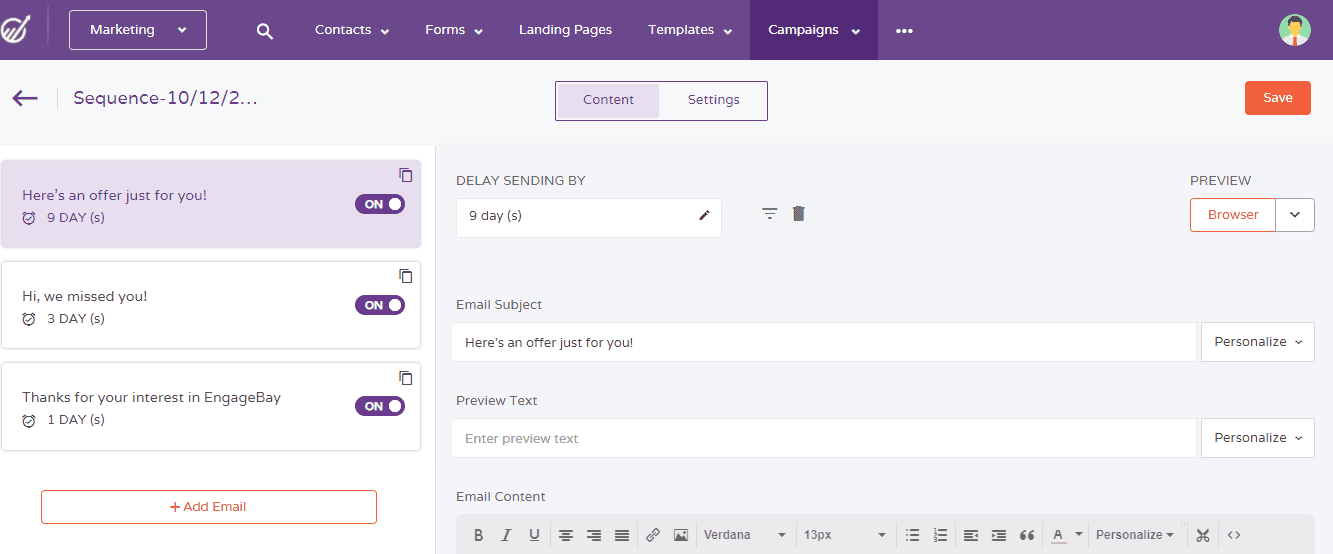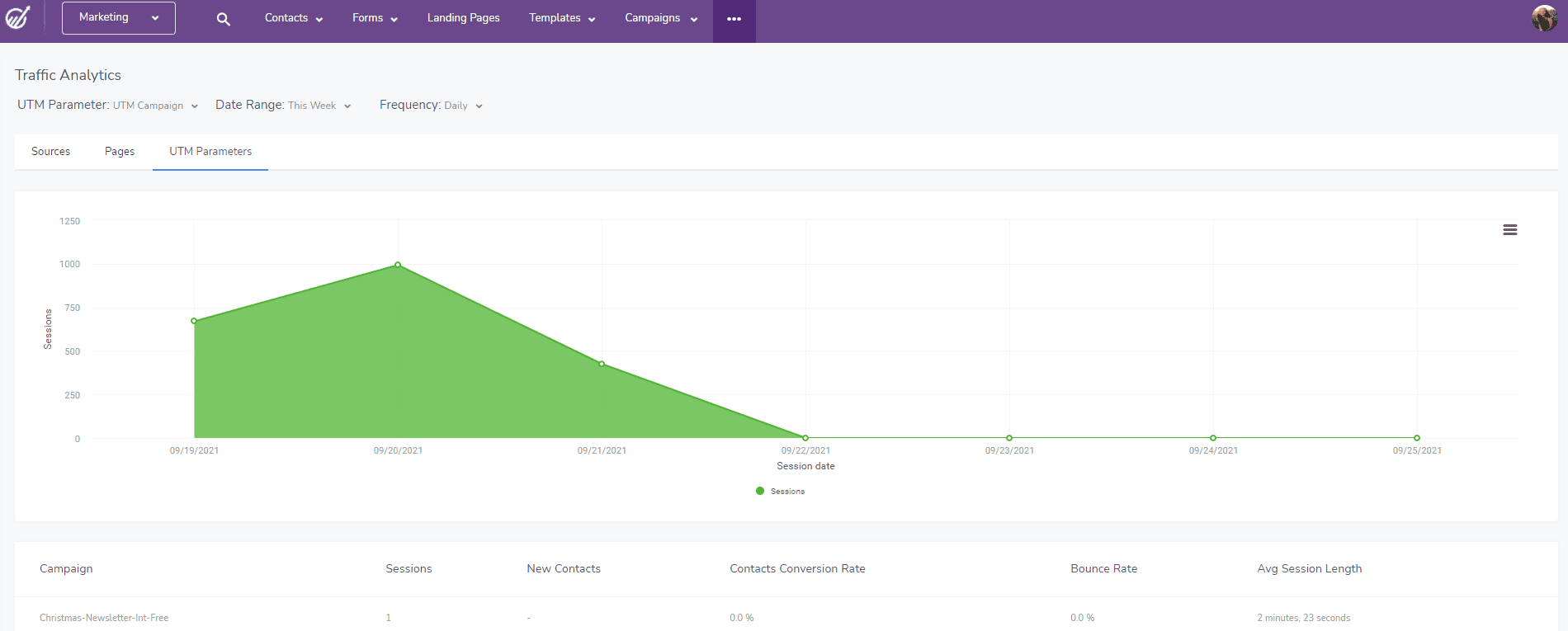It seems marketing has become an ever-present topic of discussion. Especially marketing funnel basics, marketing strategies, and marketing techniques.
What was once a basic business function that most companies handled in-house, digital marketing is now seen as the key to success or failure for many organizations.
It’s also one of the fastest-growing professions in America with more than half a million people employed in this area.
But what does it take to be successful at marketing? How do you know which marketing funnel basics will work best for your company? And how do you create and execute a marketing strategy that gets results?
Let’s find out!
Table of Contents
Your Product, Your Funnel
Before we get into the nitty-gritty, I think it’s really important to mention that marketing funnels are presented in a number of different ways for a variety of applications.
This article isn’t focused so much on the application as it is theory because the application is completely dependent on you, your product, and your brand. However, if you’re looking for a template specific to a certain type of industry, whether it be an e-commerce store, a SaaS product, or even a local brick and mortar, chances are you’ll find some good ideas online.
At the same time, there isn’t a one-size-fits-all marketing funnel for each type of product and service, and you shouldn’t think of it solely as a discovery process (i.e., understanding your audience better) but also as a creative process (i.e., coming up with new and interesting ways to appeal to your audience).
You might end up having multiple funnels, which can be broken up by your audience segments, which you can read more about in our guide to drip campaigns.
Also, it’s important to note that, contrary to how some talk about marketing funnels, they aren’t an end-all, be-all solution to your marketing dilemmas.
You might find that funnels don’t really help in certain areas or that they are limiting your understanding of how your customers are actually behaving and interacting with your offers. Marketing funnels should serve you, not vice versa.
That said, when a funnel is used properly and your digital marketing efforts stay grounded in reality, it can be an extremely powerful, systematic tool that should remove much of the exasperating uncertainty that often comes with marketing.
For example, if you’re getting a good amount of attention, but few people are engaging more deeply with your brand and offer, then you know you have a middle of funnel problem.
On the other hand, if lots of people are engaging with your brand — sharing your stuff on social media, downloading your guides, etc., then you know you have a bottom-of-the-funnel problem.
👉 Enhance your campaigns with our free, customizable email templates that drive results.
What are Marketing Funnels?
First, let’s start with a basic definition of marketing funnel basics. A marketing funnel is a visual representation of the process through which a company turns prospects into customers.
The marketing funnel usually starts with the identification of potential customers (called leads or prospects) and ends with the sale of a product or service to those customers. This is also called the customer journey.
There are five main steps in the marketing funnel:
- Awareness
- Interest
- Desire
- Action
- Loyalty
Let’s take a closer look at each step.
- Awareness: In this stage, the prospect becomes aware of your product or service. This can be done through advertising, public relations, or word-of-mouth.
- Interest: Once the prospect is aware of your product or service, they will begin to show interest. This could be in the form of a search on Google, a visit to your marketing website, attending a seminar, etc.
- Desire: In this stage, prospects become interested enough in your product or service that they desire it. They have positive thoughts and feelings about your company and want to learn more.
- Action: Prospects reach the action stage when they are seriously considering buying your product or service. They may start comparing prices with other companies and researching what others who’ve purchased from you have to say about their experience.
- Loyalty: When marketing funnel basics have been executed correctly and digital marketing campaigns run smoothly, there should a high level of customer loyalty. Customers who are loyal to your company will continue doing business with you and may even recommend you to their friends and family.
👉 Elevate your email marketing with our free email templates designed to boost engagement.
Also read: 10 Free Sales Tools That You Won’t Mind Paying For
What is a Marketing Strategy?
A marketing strategy is a plan of action that outlines how you will reach your target market and turn prospects into customers. It should be based on your marketing funnel and should include the following:
- Your target market
- The needs and wants of your target market
- Your Unique Selling Proposition (USP)
- Your digital marketing channels
- Your budget
Let’s look at each of these in more detail
- Target Market: Your digital marketing strategy should begin with an in-depth look at your target market. You need to know who your customers are so you can better understand what they want and how they buy.
- Needs and Wants: It’s important to have a deep understanding of the needs of your target market, but also you must consider what they want. Knowing their desires is critical to digital marketing success because it allows you to create marketing messages that appeal to them on an emotional level.
- Competitive Advantage: Your digital marketing strategy should include your Unique Selling Proposition (USP). This lets people know why they should do business with you instead of another company. To figure out your USP, ask yourself this question: What makes my organization different and better than the competition?
- Marketing Channels: Once you know your target market, needs, wants, and USP, you need to select the marketing channels that will work best for reaching them. This could include paid advertising, such as Google AdWords or Facebook Ads), PR, social media marketing, email marketing, etc.
- Budget: How much money are you willing to spend on digital marketing? This is an important question to answer so you don’t overspend or underspend on marketing.
Now that we’ve covered marketing funnel basics and marketing strategy, let’s take a look at how they work together.
👉 Optimize your marketing efforts with our email templates designed for efficiency and impact.
Read also: eCommerce Sales Funnels 101: A Comprehensive Guide for Beginners
Enhance Your Email Marketing
Want to make your emails more impactful? Check out our beautiful, easy-to-customize recruitment and email templates. Designed to boost engagement, these templates from EngageBay will help your emails stand out. Just customize the images, headings, and CTAs for your brand, and hit send in a few minutes!
The 5 Essential Marketing Funnel Basics
Now that you know what a digital marketing funnel is and how it works, it’s time to learn some important basics. Here are five essential marketing funnel basics that can help every business owner looking to improve their marketing ROI.
1. The Top of the Funnel Is All about Attracting New Leads
If you want your marketing funnel to be successful, you need to focus on attracting new leads. This means creating high-quality content that is relevant to your target market and publishing it on your marketing website, blog, and social media channels.
You should also consider investing in paid advertising, such as Google AdWords or Facebook Ads, to reach more people.
Remember: at this point, they aren’t looking to buy from you. They might be looking for some information or even a paid solution, but they aren’t likely to purchase from you right away unless they’re really desperate.
One of the most common analogies used here is asking someone to marry you. You wouldn’t walk up to a stranger, even if you felt love at first sight, and ask them to tie the knot.
Not only is there an extremely small chance that they’ll say yes, but you’ve probably also ruined your chance of getting to know them and obtaining that yes down the road.
It’s similar to marketing funnels, and the top of the funnel is where you introduce yourself and “warm up” your audience with your content marketing.
Some of this can be done organically, such as through writing great inbound marketing content that ranks in Google searches, and gets shared; but it can also help to run some ads, especially on Facebook, to get your message across to your target audience.
Read also: 9 Free Marketing Strategies to Scale a Small Business
2. The Middle of the Funnel Is All About Converting Prospects Into Customers
Once you have attracted new leads, the next step is converting them into customers. This means providing them with information that helps them understand how your product or service can solve their problem.
You should also provide pricing information and make it easy for prospects to buy from you.
The point is that you want to whittle down your audience to exclude those who just want all of your free information to those who actually want to use your product or service.
Hence, you could also include things like special offers and promos at this point, attempting to figure out what will get your audience to actually pull out their wallets and buy from you.
If you get a large middle-of-funnel audience that you can’t seem to convert at a good margin, then you might want to consider making changes to your offer itself.
You do this by asking a bit more from them. One common way of doing this is asking for an email address in exchange for a lead magnet, such as a white paper, guide, quiz, or e-book.
Whatever your offer ends up being, the point is that it takes a broad audience of people who know about you and makes it a more narrow audience of people who are more likely to actually purchase from you.
Whenever a business is giving away free information meant to serve their audience, this is what they’re trying to accomplish. Also, when a business is collecting email addresses, those in their email list who have not yet become customers are often considered middle of the funnel.
3. The Bottom of the Funnel Is For Retention
Once you have converted prospects into customers, the final step is retention. This means doing everything possible to make sure they are happy with your product or service and will continue doing business with you in the future.
You can achieve this by providing excellent customer service, offering valuable after-sales support, and continuing to produce high-quality content that appeals to them.
You want your customers to continue to purchase from you (leading to an upsell or cross-sell addition to your funnel) AND you want them to refer other people to you (leading to a referral addition to your funnel).
So, if you’re trying to fight off churn while promoting referrals, you should add these to the infrastructure of your funnel.
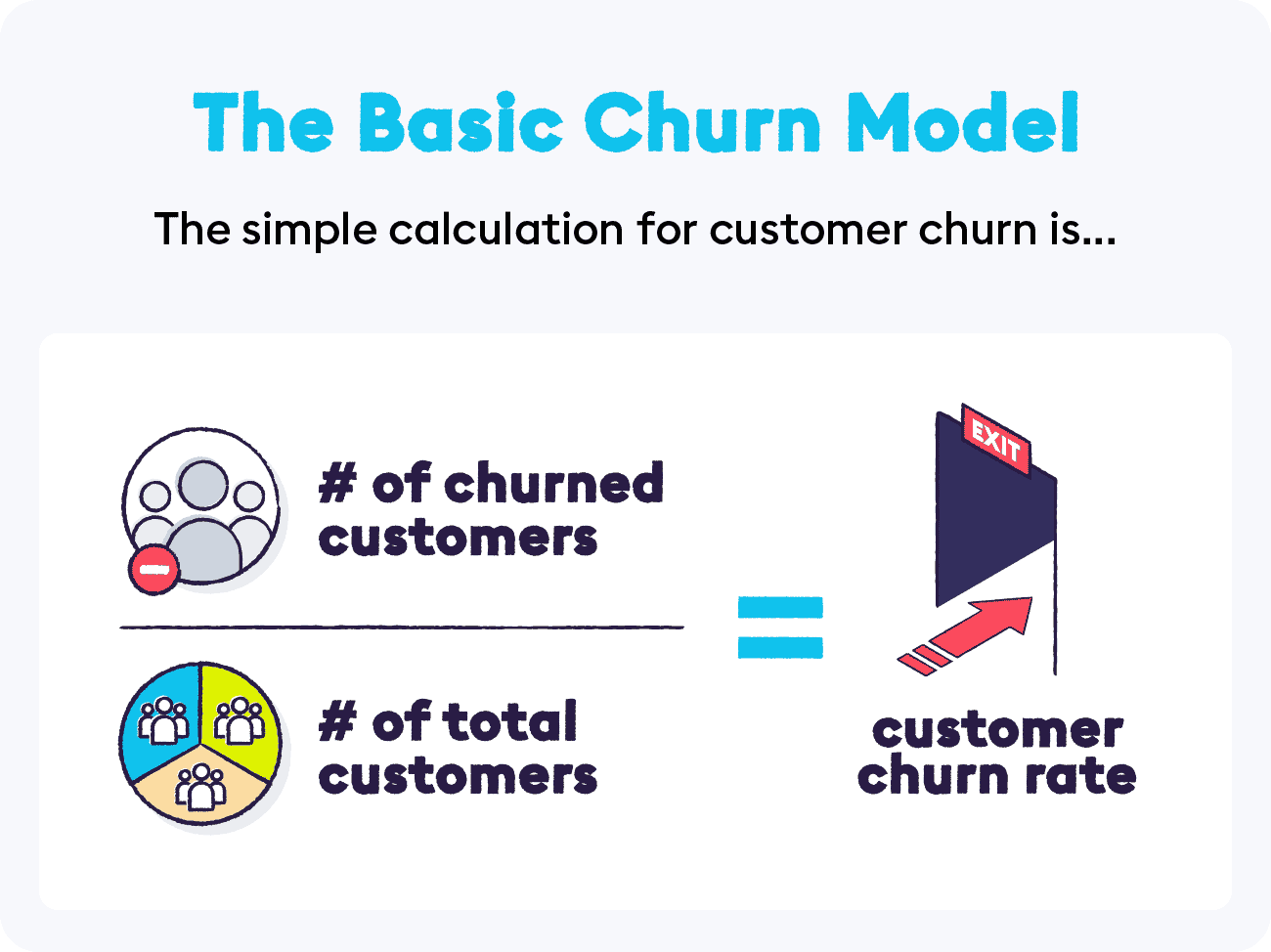
For example, for referrals, you could offer perks to your existing customers who send leads your way.
And for reducing churn, you could create a program made up of systematic touchpoints that continue to reiterate and reinforce the value of your product to existing customers.
Again, this is why it’s so important to begin with a thorough understanding of your digital marketing needs and objectives, and THEN apply funneling to how you can accomplish those goals.
Starting with a predefined funnel and then trying to make sense of your content marketing through that is only going to cause you headaches and wasted hours.
👉 Boost your marketing strategy with our customizable email templates that drive results.
4. Use Marketing Funnel Metrics to Track Your Progress
It’s important to track your marketing funnel progress so you can see how well your digital marketing campaigns are performing. This means using metrics such as website visitors, leads generated, conversions, and customer retention rates.
You can find marketing funnel analytics platforms that offer marketing funnels as well as marketing funnel templates that you can use to monitor your marketing efforts.
So, using an analytics platform like Google Analytics or EngageBay to track the progress of your marketing goals is essential.
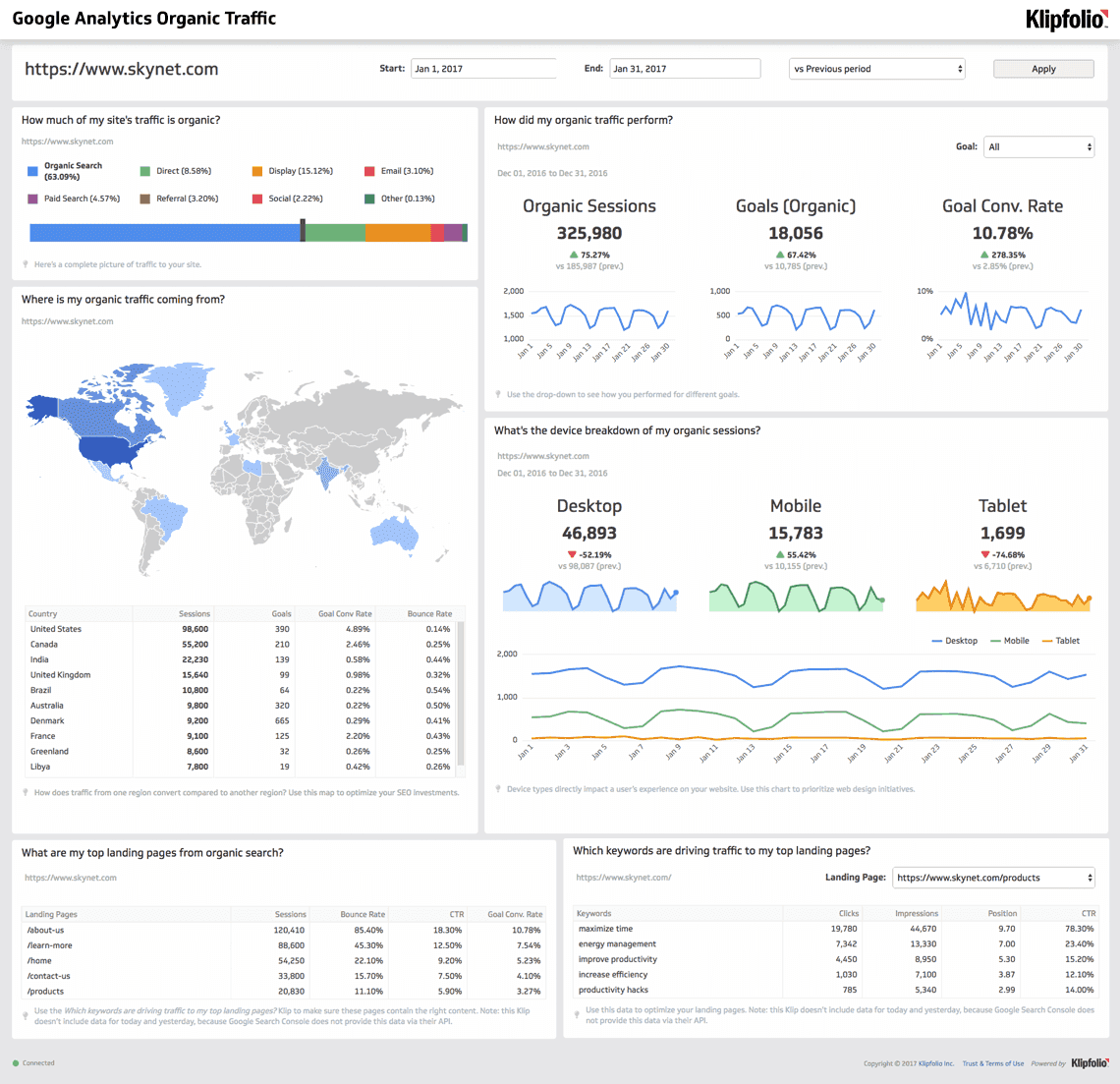
For example, if you’re trying to increase website traffic, use Google Analytics or other marketing funnel tools to figure out how many people are entering your content marketing funnel. If there are certain marketing materials (like blog posts) that are yielding a lot of conversions, then make sure your content marketing adds more of them.
And vice versa — for any digital marketing pieces that aren’t converting, don’t keep pushing them down the line. Stop wasting time and put more money behind only the high-performing marketing content.
The content marketing funnel is very useful for this purpose because it makes your digital marketing more defined and strategic — you’ll know which marketing materials are working, and which aren’t, and can pivot your digital marketing efforts to accommodate.
👉 Boost your email marketing campaigns with EngageBay’s customizable email templates tailored for engagement and success.
Read also: A Beginner’s Guide to Lead Funnels: How to Double Your Sales
5. Keep the Marketing Funnel Dynamic
It’s normal for marketing funnel performance to fluctuate, especially when you’re just getting started.
Your digital marketing activities need time to take effect, so you should expect a slow start. However, if your marketing is not producing the results you want, it’s time to make changes. You can do this by tweaking your marketing strategy and/or marketing funnel, adjusting your marketing budget, or hiring experienced digital marketing professionals.
Avoid any strategy that can end up making your marketing funnel static. A dynamic marketing funnel can be adjusted in a number of ways, but the most common way is to change the sequence of the marketing materials.
For example, if your blog articles aren’t converting well, try pushing them further down the funnel and see if that helps. Or maybe you’re not spending enough money on paid ads — increase your budget and see how that affects your marketing funnel performance.
The key is to constantly test different marketing activities to see which ones work best for your business. And don’t forget to measure your results so you can track your progress and make necessary adjustments along the way.
Read also: Marketing Automation Funnel Explained For Beginners
A Bonus Tip…
Get the right tools! Marketing funnels without automation are going to be incredibly difficult to manage.
After all, the beauty of funnels is that they systematize your marketing efforts, meaning that — over time — your marketing should require less manual, hands-on work, and more strategy and oversight.

Like all advertising and digital marketing efforts, good funnels don’t last forever. But, once developed and solidified, they can generate consistent streams of leads for a good deal of time, and they should be updated and tweaked on an ongoing basis to continue to iterate and improve.
This is why it’s so important to use the right tools that can automate the implementation of your marketing funnel and keep things running smoothly for you.
You can choose marketing automation platforms like HubSpot, but it costs thousands of dollars if you want the whole package. EngageBay, on the other hand, offers everything a small business owner can ask from HubSpot, and at a fraction of the cost!
Read also: Mid-Funnel Marketing: A Succinct Guide [Definition, Strategies]
Conclusion
Now that you understand the basics of marketing funnels, it’s time to put this knowledge into action! Create a marketing funnel for yourself, using the tips and advice from this article.
Remember to keep things dynamic, test different marketing activities, and use marketing automation tools to make your life a whole lot easier. And, most importantly, have fun with it!
If you’d like to learn more about how you can use EngageBay to help bring your marketing funnel to life, check out our Features page.

👉 Have you tried our email templates? Share your experience in the comments below, and let us know how they worked for your campaigns!
